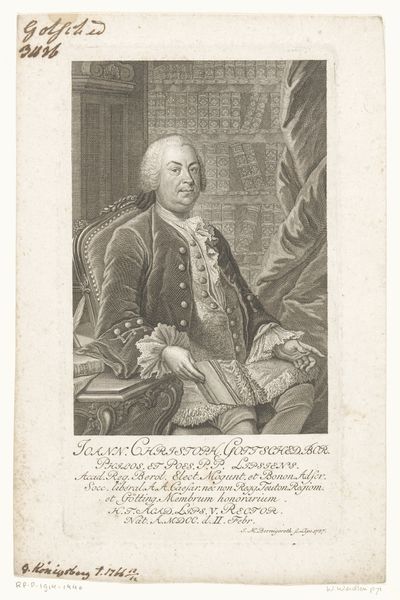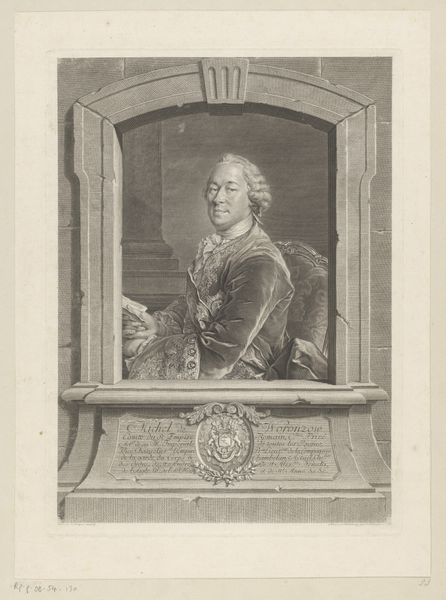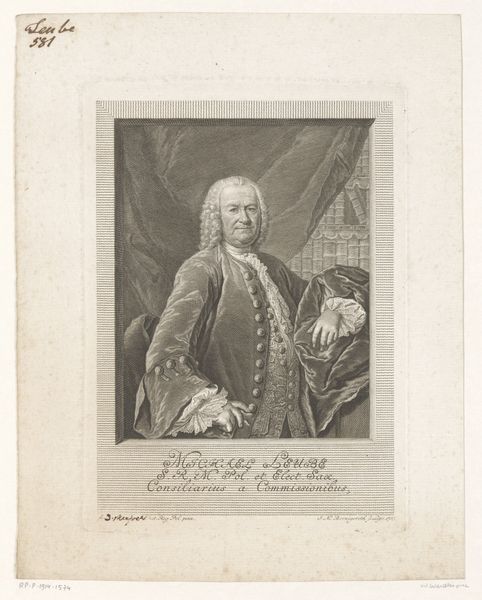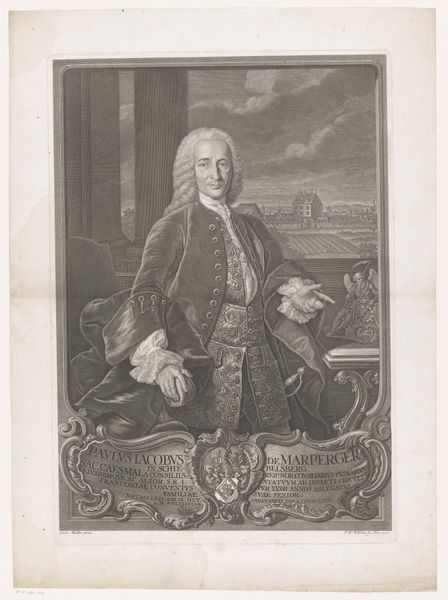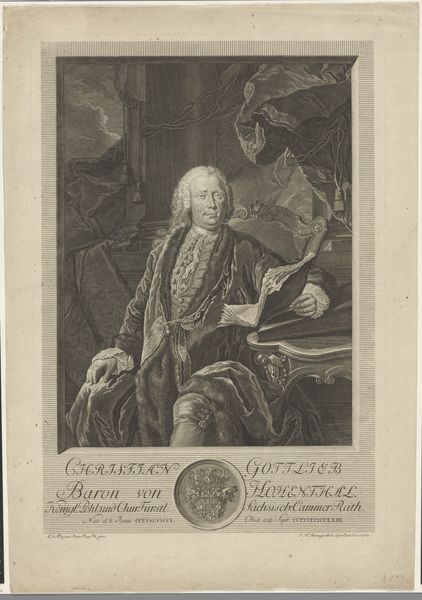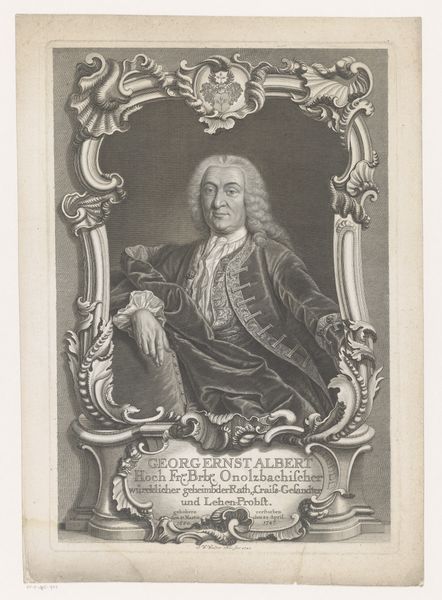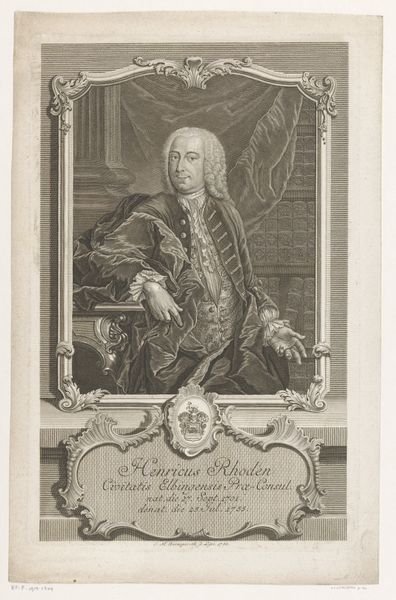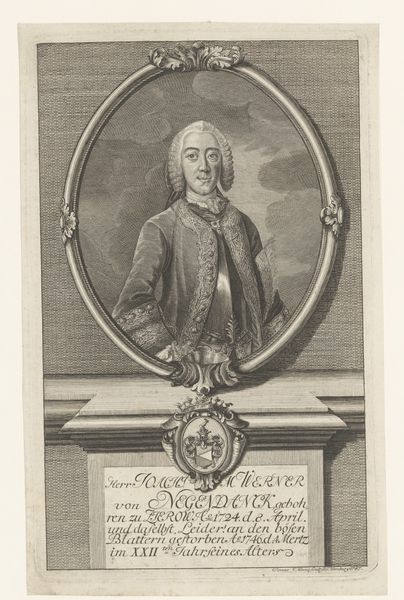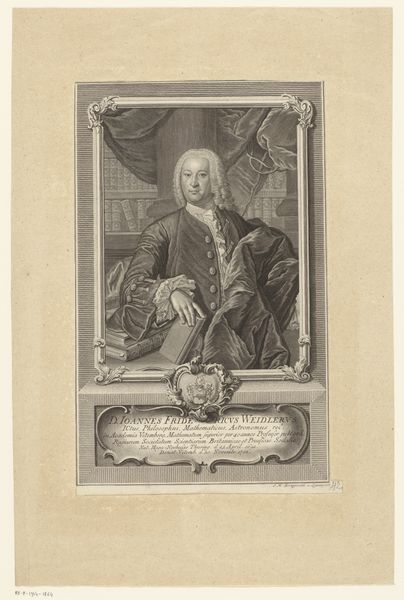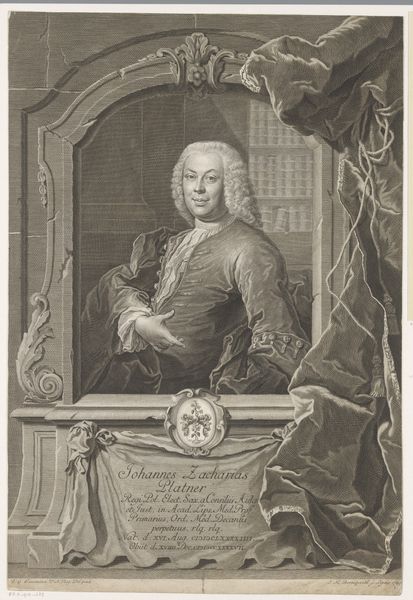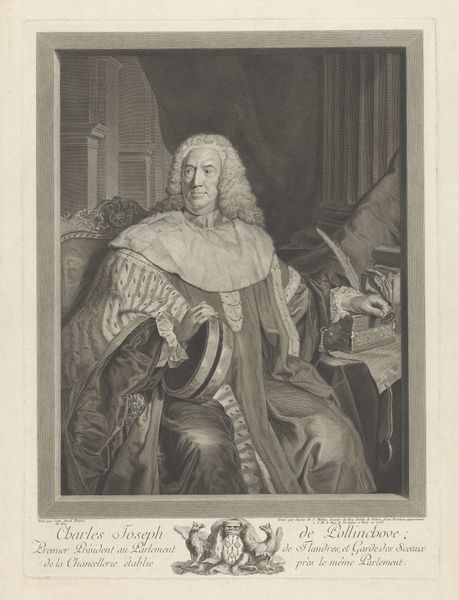
Copyright: Rijks Museum: Open Domain
Editor: So, this is "Meal of Esther, Ahasuerus, and Haman," a 1526 engraving by Monogrammist DDC. The scene feels incredibly staged, like a dramatic tableau vivant. How should we unpack this from a contemporary perspective? Curator: Given the period and subject matter, it's crucial to analyze the power dynamics at play here. We have Esther, a Jewish queen, navigating a complex political landscape within a Persian court. How might we understand this image as a representation of identity, negotiation, and perhaps even resistance? Editor: Resistance? The setting seems so opulent and… well, compliant. Curator: Consider the historical context: this is a visual narrative drawn from the Book of Esther, where she risks her life to save her people. How might the artist be subtly commenting on themes of Jewish identity and survival within a dominant culture through composition and symbolic representation? What's foregrounded, what's hidden? Editor: I see what you mean. Haman, the villain, is definitely present but doesn't have a position of power. Do you think the artist is using the formal qualities of the piece to subvert the story's literal reading? Curator: Exactly! It’s also key to consider the consumption of the print itself. Who was the intended audience? How might their social and religious identities shaped their reading of this scene? By framing our analysis this way, we connect art historical practice with broader contemporary issues. Editor: That gives me a lot to think about, understanding art history through this social lens adds layers that are extremely important. Curator: Indeed. And recognizing these layers empowers us to ask challenging questions about representation and history.
Comments
No comments
Be the first to comment and join the conversation on the ultimate creative platform.

